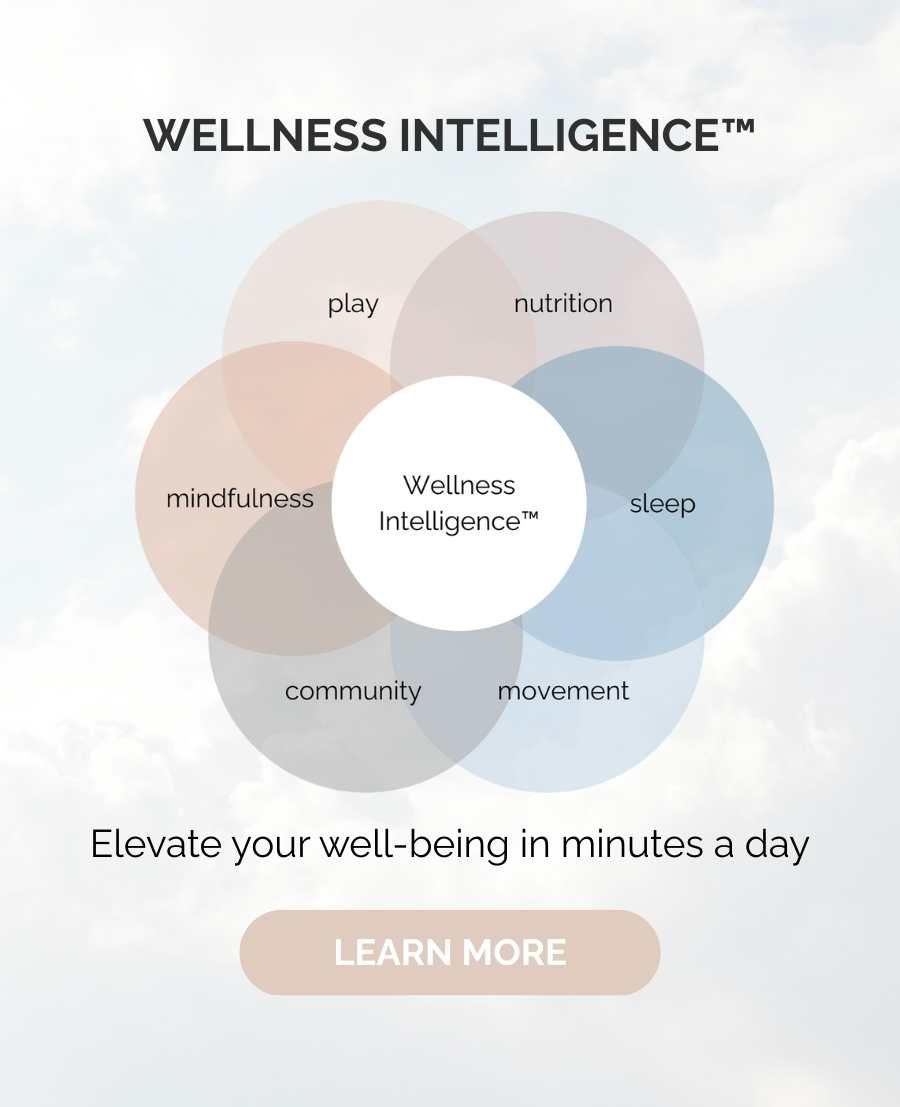A shorter version of this article originally appeared on Fox News Health.
Are you wondering how to keep New Year’s resolutions so this year is different than years past? Here are 10 ways to increase your odds of success.
A new year is seen as a new start, and with it often comes a fresh determination to find a “better” version of ourselves. So, how can you keep your resolutions this year? Whether it’s to be more successful at work, lose weight, eat healthier, spend less money or invest more time with loved ones, we all strive for self-improvement.
No matter how long this motivation lasts, New Year’s resolutions always seem to be high on our priority list in January. But unfortunately, they often fall to the wayside by March, and old habits take hold. So let’s take a closer look at why they don’t always stick, and 10 ways to keep New Year’s resolutions to make this year different.
Why Many Resolutions Don’t Stick
Do you ever find yourself making New Year’s resolutions that eventually fall by the wayside? Well, you’re certainly not alone. According to Alyse Levine, M.S., RD, founder of the Eating Reset Plan, there are three main reasons diet resolutions tend to fail:
- They’re too restrictive and have too many rules, such as cutting out all carbs.
- They’re not enjoyable, such as thinking you will get up early every day to do an intense workout that you hate.
- They involve deprivation, like giving up all sweets.
But have hope; there are ways to make those resolutions stick!
How to Keep New Year’s Resolutions
Here are ten ways to sustain long-lasting changes, with examples of how to craft a realistic resolution you’ll look forward to completing.
1. Make Small, Attainable Goals
First and foremost, make your resolutions so manageable to obtain that they almost seem “easy” to start. Then once they become a habit, build from there.
For example, if your goal is to exercise more, don’t promise to hit the gym seven days a week. Instead, start with three days a week of activities you really enjoy. After a few months, reevaluate if you want to step things up a notch.
Breaking down your goals into smaller, manageable steps increases the likelihood of success. If your aim is to read more books, start with a goal of reading for 5 minutes a day and gradually increase the time.
2. Get Specific
Rather than a vague resolution to “eat healthier,” get specific about what you want to accomplish and set a clear initiative on how to achieve it. For example, if you want to eat less “junk” and more fresh, plant-based foods you might develop three steps to achieving this:
- Start each morning with an easy and healthy staple meal you won’t get bored with, like oatmeal with berries and almonds
- Each night take 15 minutes to pack a healthy lunch to bring to work the next day
- Commit to cooking one new plant-based dinner on the weekends.
To make your intentions stick even more, enter your steps into your phone calendar and set them to recurring, so each day you’ll get a friendly reminder.
3. Create a System to Follow
Once you know what your goal is, next comes putting a system in place. Establishing a feasible timeline with the “how-to” will help prevent overwhelm and maintain motivation. “Diet resolutions are often short-lived because our daily lives and social connections reflect our old habits,” says Misti Gueron M.S., RD. “But taking a little time to plan and organize your physical and social environment will pay off in the long run.”
So if your resolution is to eat more fruits and vegetables, set a reminder on your phone to grocery shop at a set time each week and choose your favorite fruits and vegetables that are most convenient for your lifestyle.
Habit stacking can also come into play here. So, for example, if your goal is to meditate for 10 minutes every morning, you can do this meditation every morning before you enjoy your coffee or tea.
4. Make it Obvious
Keep healthy and convenient staple foods on hand like frozen blueberries to blend up a nutritious smoothie, like this chocolate chunk blueberry smoothie. While it tastes like dessert, this smoothie offers 5 grams of protein and 4 grams of fiber for staying power.
Or, if your resolutions are fitness related, keep your running shoes by your desk or set up your mat in the living room after lunch so you are reminded at the end of the day to get moving.
5. Remove Temptation
When your motivation is low, your environment becomes all the more powerful in terms of helping or hindering your healthy living intentions. If you make healthy foods easily accessible throughout your kitchen and workplace, it’s more likely you will eat them first.
For example, swap out potato chips for pistachios. Unlike potato chips, pistachios offer a good source of plant-protein and fiber, with over three times as many pieces per serving. The more you increase your “food exposure” to healthy foods, the more likely your resolutions will stick.
6. Make it Personal
Setting a successful resolution isn’t just about what you want to accomplish. It’s also about why it’s important for you — something known as intrinsic motivation. “Intrinsic motivation is that thing that drives someone to achieve something great. It’s usually personal to them for their own reasons,” says Misti Gueron M.S., RD.
Losing weight to improve your self-confidence is a personal motivation as opposed to losing weight because someone made a negative comment about your appearance.
Whether it’s enhancing your self-esteem or having more energy to play with your grandkids, determine your inner motivation and write it down somewhere so that it will personally inspire you to stay on track.
7. Choose an Accountability Buddy or Group
Who you surround yourself with is a critical component of your ability to reach and maintain your goals. This applies to the food you eat, your exercise habits, productivity at work, and more. “Without support from our friends and families, we’re much less likely to create healthy changes with our health and weight.
And reaching new health goals is more achievable within a supportive environment and with individuals of similar values,” says Misti Gueron, M.S., RD. This year, find a friend or family member who has a similar resolution; you can rely on each other for accountability and support while making memories and accomplishing goals. Or consider joining a support group to reach your goals, such as a workout class at your gym or a group of coworkers committed to eating healthy lunches at work.
8. Track your Progress
Keeping a journal or using apps allows you to track your progress systematically. For some, taking photos of your progress can be another motivator.
Seeing your progress can be a strong motivator and helps to stay on track. Documenting achievements can boost motivation and provide insights into what works best for you.
9. Celebrate Milestones
Tracking progress and setting goals is important, but rewarding yourself should be part of the agreement as well. Acknowledge and reward yourself for reaching milestones along the way. It reinforces positive behavior and keeps you motivated. Before you take action, write down what those milestones will be so that you have a plan in place for when you get your non-food reward.
10. Practice Self-Compassion
Being kind to yourself during setbacks is crucial. Rather than being discouraged, be kind to yourself and view setbacks as learning opportunities and reasons to persevere.
You will have ups and downs; resolve to recover from your mistakes and get back on track. The reality is most people overestimate what they can accomplish in a day and underestimate what they can accomplish in a year. If you do “pretty good” all year long, by the end of year you will feel really good about what you have achieved.
Getting Started With Your Resolutions
Now that you have some guidelines for how to keep your new year’s resolutions, it’s time to put these into action. Remember, small and actionable goals with a system in place are the best place to start.
Which one of these six tips for how to make new year’s resolutions stick will you try?
Keep reading for more healthy inspiration this year:
- 5 Monthly Meal Planning Strategies to Prevent Burnout
- 20 Self-Love Daily Positive Affirmations for Women
- 10 Healthy Grocery Staples to Reduce Stress
This article has been updated since its original publish date in January 2019.






